Art Gallery Space for Rent in New York City
Find the right property, avoid hidden costs, and negotiate favorable terms.
Find the right property, avoid hidden costs, and negotiate favorable terms.
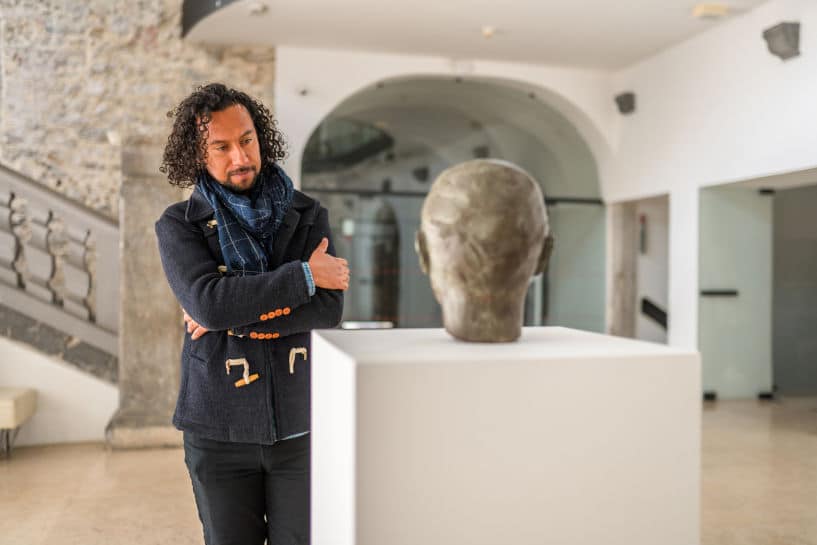
Looking for the perfect art gallery space in New York City? You’re not just searching for a room; you’re seeking a spot where your art will make a statement. In New York City, every neighborhood has its own vibe, and the right gallery space is about connecting with that energy. It’s where your vision meets the city’s eclectic art pulse. After reading this guide, you’ll be in a stronger position to find a home for your art in the heart of the city’s legendary art scene.
When selecting the perfect art gallery space in New York City, there’s more to consider than an address. You want a space that showcases your collection and attracts and delights art enthusiasts. Here are five essential aspects to consider when hunting for that ideal gallery space:
Leasing an art gallery space in New York City presents unique challenges that require careful consideration and strategic planning. Here’s a breakdown of the key obstacles you may face:
Before signing a lease for an art gallery in New York City, weigh several factors specific to the art world and this unique cityscape:
Since 2004, our team has represented hundreds of tenants and helped them lease art gallery space. Contact us at (212) 444-2241 for any questions.
The architectural style of a building can significantly influence your gallery’s ambiance. For example, a classic brownstone might offer a traditional, intimate setting, perfect for galleries showcasing historical or classical art. On the other hand, a modern loft space with large windows and a minimalistic design can enhance the presentation of contemporary art. In NYC, the building’s style can also impact your gallery’s perception within the art community.
Yes, NYC neighborhoods often become synonymous with certain art genres. For instance, Chelsea is known for contemporary and experimental art. At the same time, the Upper East Side tends to attract more traditional and fine art galleries. The Lower East Side is emerging as a hub for avant-garde and indie artists. Understanding these cultural niches can help you choose a location that aligns with your gallery’s focus.
Historic buildings in NYC can pose challenges such as limited modern infrastructure, strict renovation rules, and sometimes outdated HVAC and older elevators. Galleries in these spaces often work closely with conservation specialists to ensure that any modifications respect the building’s historical integrity. They may also invest in advanced climate control solutions to protect sensitive artworks.
Being near art schools and universities can be a significant advantage. These institutions are hubs of fresh talent and innovative ideas, and they often have a community eager to engage with art. Galleries in these areas can tap into this vibrant community to both showcase emerging artists and attract a younger, dynamic audience.
Art fairs and local events play a big role in an NYC gallery’s calendar, providing opportunities to gain wider exposure and attract international collectors. When leasing gallery space, consider the ease of participating in these events. For instance, proximity to venues like the New York City Armory or frequent art fair locations can be beneficial. Also, consider a space that allows for event hosting, which can further enhance your gallery’s reputation and networking opportunities.
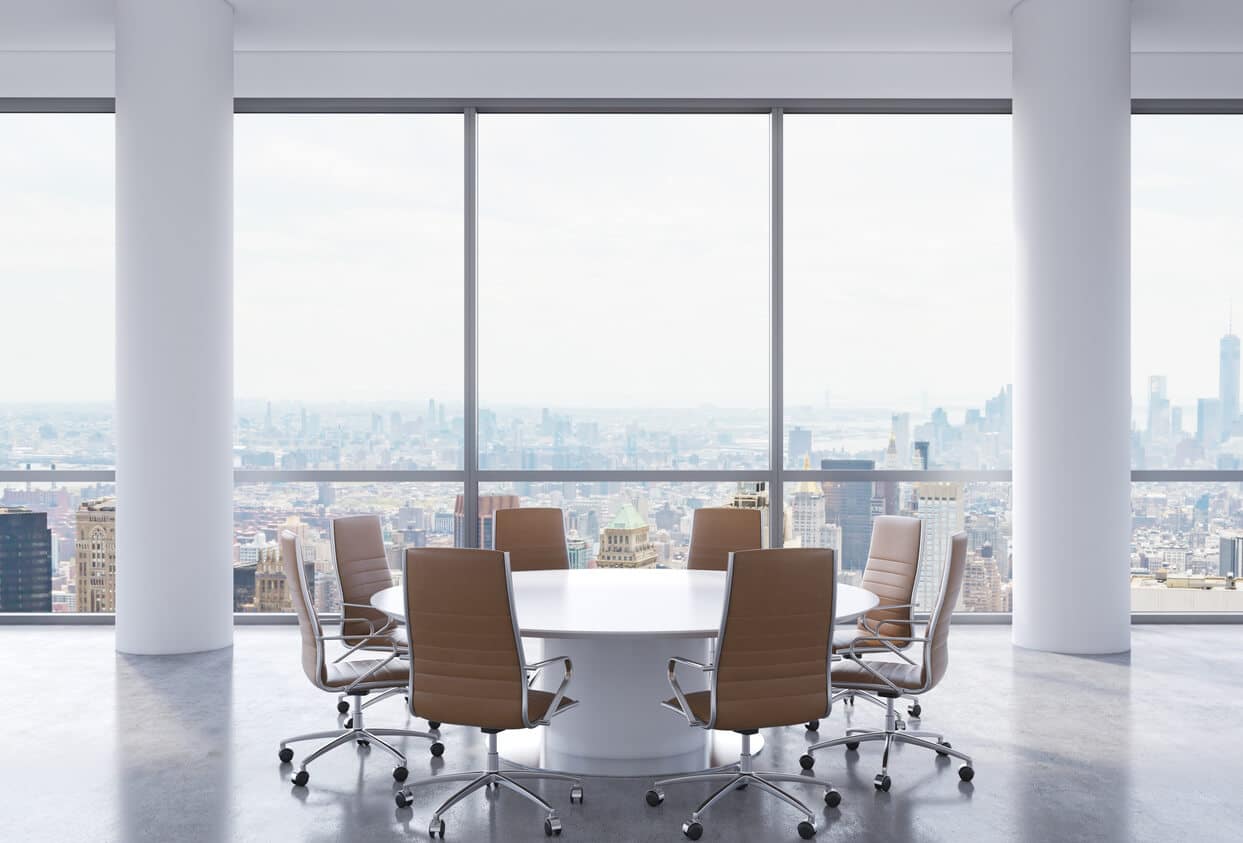










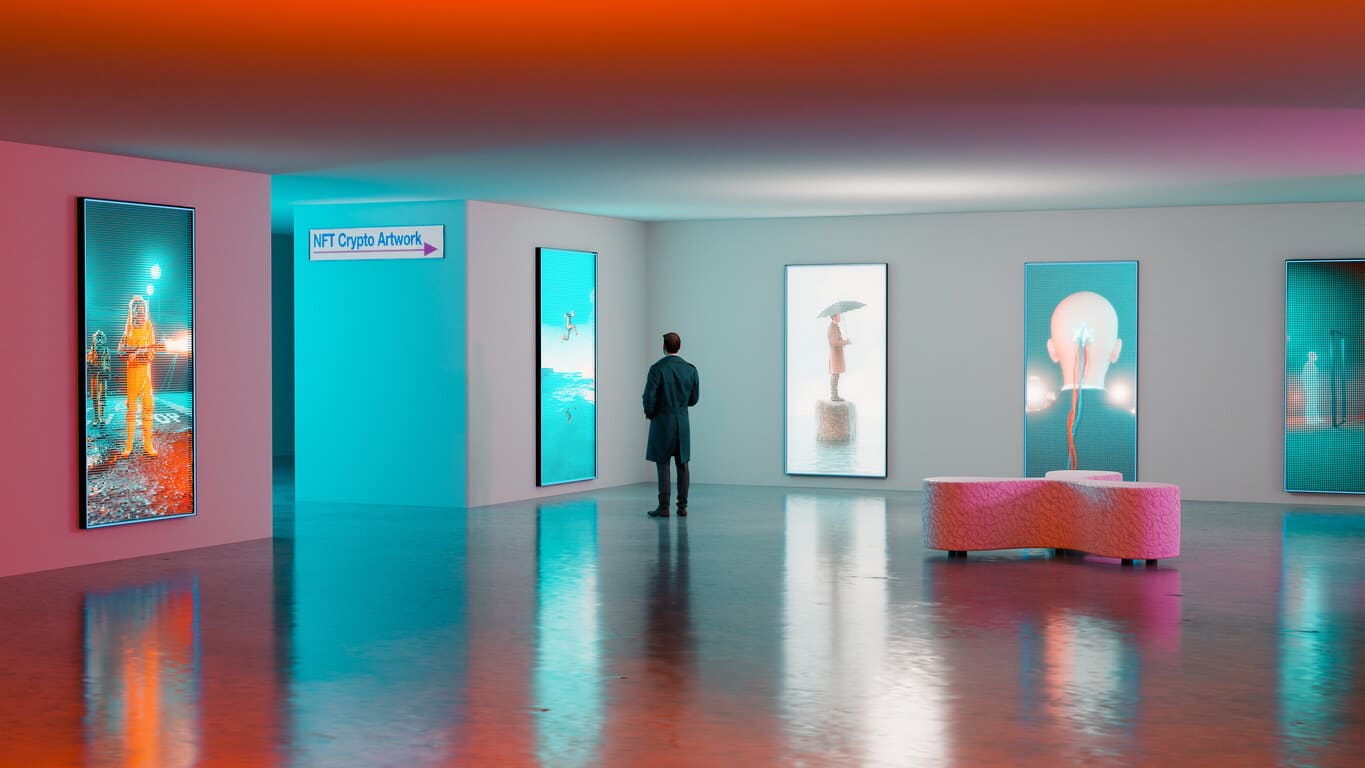


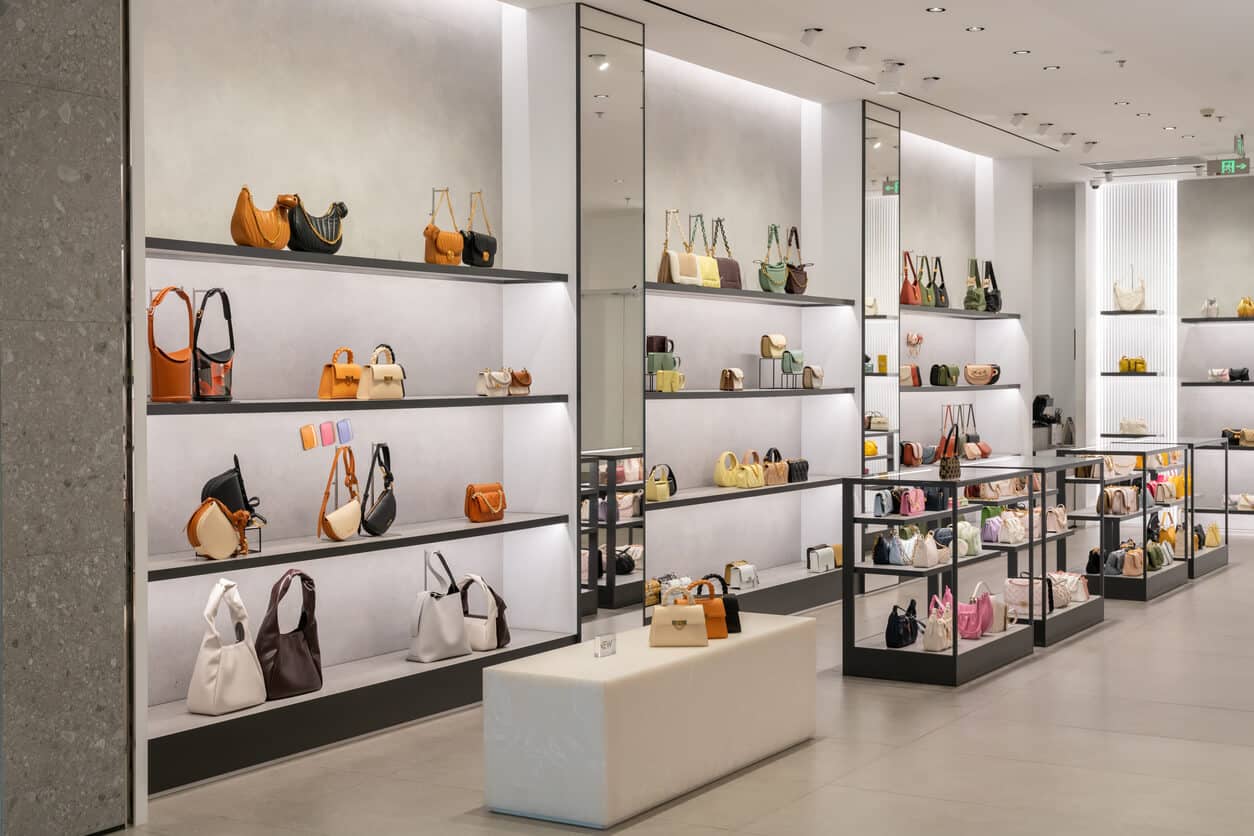
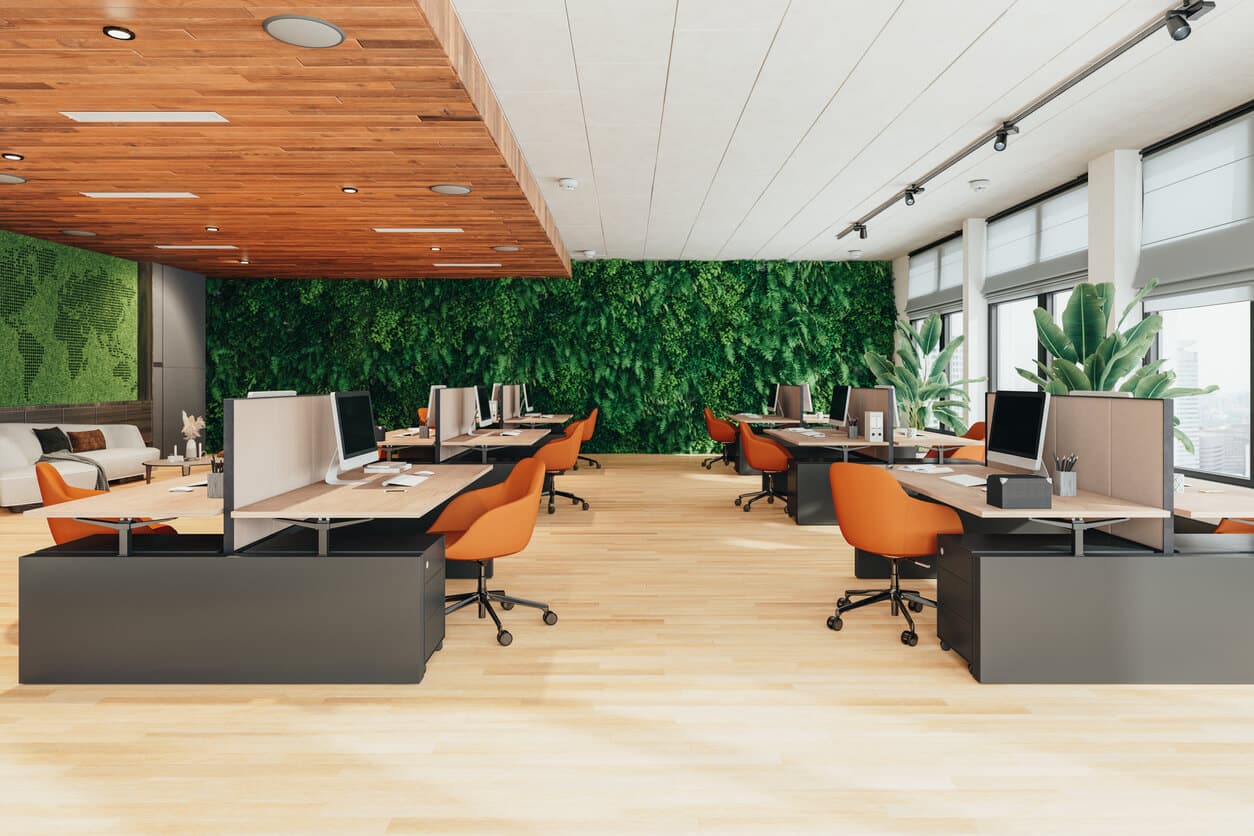
Accessibility Tools